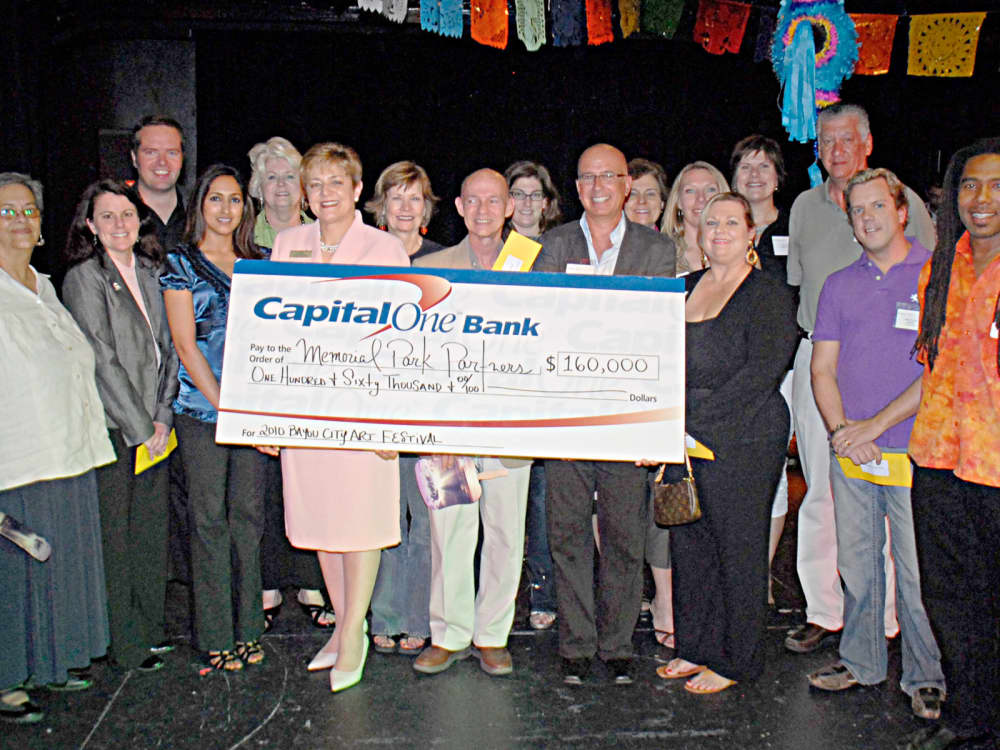Lunar New Year is upon us once again, which means there will be several spots in Houston that will celebrate with lion dances, martial arts performances and red envelopes containing fun surprises in the next few days.
Here is a rundown of events, from festivals to dinners to night markets, where you can join in and celebrate the Year of the Snake.
Wednesday, January 29
Dessert Gallery welcomes the Year of the Snake with hand-decorated, Lunar New Year cookiespriced at $6.95 each. Indulge in these treats as you celebrate the festivities. 11 am (noon Sunday).
Duck n Bao will have a lobster platter for $29.99, offered with the purchase of an entree, through Sunday. Enjoy alongside their famous Peking duck and Sichuan specialities, plus soup dumplings, noodles, and fish dishes for luck and prosperity. 11 am.
Hidden Omakase is offering all customers a lucky red envelope, containing a lucky bracelet and a gift card redeemable for lunch. The Michelin-recommended sushi restaurant recently launched its new walk-in lunch menu curated by chef Marcos Juarez. 11 am.
Hongdae 33 will have BOGO Korean Soju all weekend to accompany premium AYCE Korean barbecue. In addition to Chamisul (original and fresh) and Jinro Is Back Chum-Churum, there are six flavors including green apple, strawberry and peach. 11:30 am.
Houston Botanic Garden’s Radiant Nature is still around for Lunar New Year. It features more than 50 Chinese lantern installations throughout the mile-long path, each of which is ideal for creating eye-popping Instagram and TikTok content. 6 pm (6:30 pm Sunday).
JŪN will have a Wine and Dine XV Lunar New Year Edition. This meal will include a special four-course, Asian-inspired menu, celebrating chef Henry Lu's Chinese heritage and chef Suu Khin’s Burmese roots. A portion of ticket sales will be donated to World Central Kitchen. 5 pm.
Kazzan Ramen & Bar is celebrating Lunar New Year by giving every dine-in table a red envelope with a surprise inside. Kazzan touts its "volcano" ramen that originated in Osaka, with thick noodles and vegetables. 11 am.
Stomping Grounds will have a lively Lunar New Year celebration. Pho Fix will have free appetizers, fortune cookies, gift card giveaways, and $1-$100 red envelopes. Himari Sushi will be celebrating with $25 bento boxes for dine-in customers. 6 pm.
Trill Burgers has theIndomie Chopped Cheese Sandwich for Lunar New Year. It includes fresh lettuce, tomato, onion, ground beef and American cheese, topped with pan-fried Indomie noodles, sautéed bean sprouts, garlic oil, and Sriracha aioli, all on an Amoroso roll. 11 am.
Thursday, January 30
Norigami is hosting a Lion Dance performance at 7:30 pm, with music by The Boyz of Summer at 5 pm, drink specials, and 25 percent off all day. It’s the perfect way to honor tradition while enjoying delicious food and cultural experiences. 3 pm.
Saturday, February 1
Asia Society Texas Centerwelcomes the Lunar New Year with performances, art and craft activities, a Lucky Lunar Mission (with a stop in their "Space City: Art in the Age of Artemis" exhibition), and food, all inspired by Lunar New Year traditions across Asia. 10 am.
Chinese Community Center will celebrate the Year of the Snake at its Lunar New Year Festival. Highlights include lion and dragon dances, Asian cuisine, cultural workshops, games and activities, a live snake exhibit, and more. 10 am.
Ginger & Fork will have a full schedule for its Lunar New Year celebration. It kicks off with a prayer ceremony and a lion dance with a martial arts demonstration. There will also be an encore lion dance during dinner service. 3 pm.
Meo Bar will have a celebration featuring a lion dance performance by the Seven Star Dragon Lion Dance Team, alongside a special menu inspired by Vietnamese culinary traditions. Customers can also enjoy festive beverage collaborations in the bar’s speakeasy setting. 5 pm.
Phat Eatery will once again host multiple seatings for its Malaysian New Year’s feast. Each seating begins with lion dance performances, followed by a family-style meal that includes a traditional Malaysian Yu Sheng “Prosperity Toss.” 7 pm (11:30 am Sunday).
Sunday, February 2
Have a Nice Day HTX will have its annual Lunar New Year Market at The Ion. This free, family-friendly event features an exciting lineup of AAPI chefs, creators, a lion dance performance, a red envelope giveaway, and complimentary Lunar New Year sips for 21+. 4 pm.
Traveler's Table will host a lion dance for customers with brunch reservations. Nearby sister restaurant Traveler's Cart will also host a dragon dance in its parking lot, perfect for patrons to enjoy while grabbing a quick bite or drink inside the establishment, at 3 pm. 12:30 pm.
Saturday, February 8
Common Bond Bistro & Bakery still has its limited-edition, Lunar New Year Entremet (in collaboration with Lee’s Golden Dragon) through Wednesday, February 12. Lee’s Golden Dragon will also do a performance at Common Bond’s Heights location. 11 am.
 The Bayou City Art Festival staff and board members and Capital One Bankrepresentatives awarded $160,000 in total to the festival’s 17 non-profitpartners.Photo by Ben DeSoto
The Bayou City Art Festival staff and board members and Capital One Bankrepresentatives awarded $160,000 in total to the festival’s 17 non-profitpartners.Photo by Ben DeSoto Art Colony Association board president Mike Piana awards SNAP (Spay-NeuterAssistance Program) director of development Laura Welch with a check.Photo by Ben DeSoto
Art Colony Association board president Mike Piana awards SNAP (Spay-NeuterAssistance Program) director of development Laura Welch with a check.Photo by Ben DeSoto




